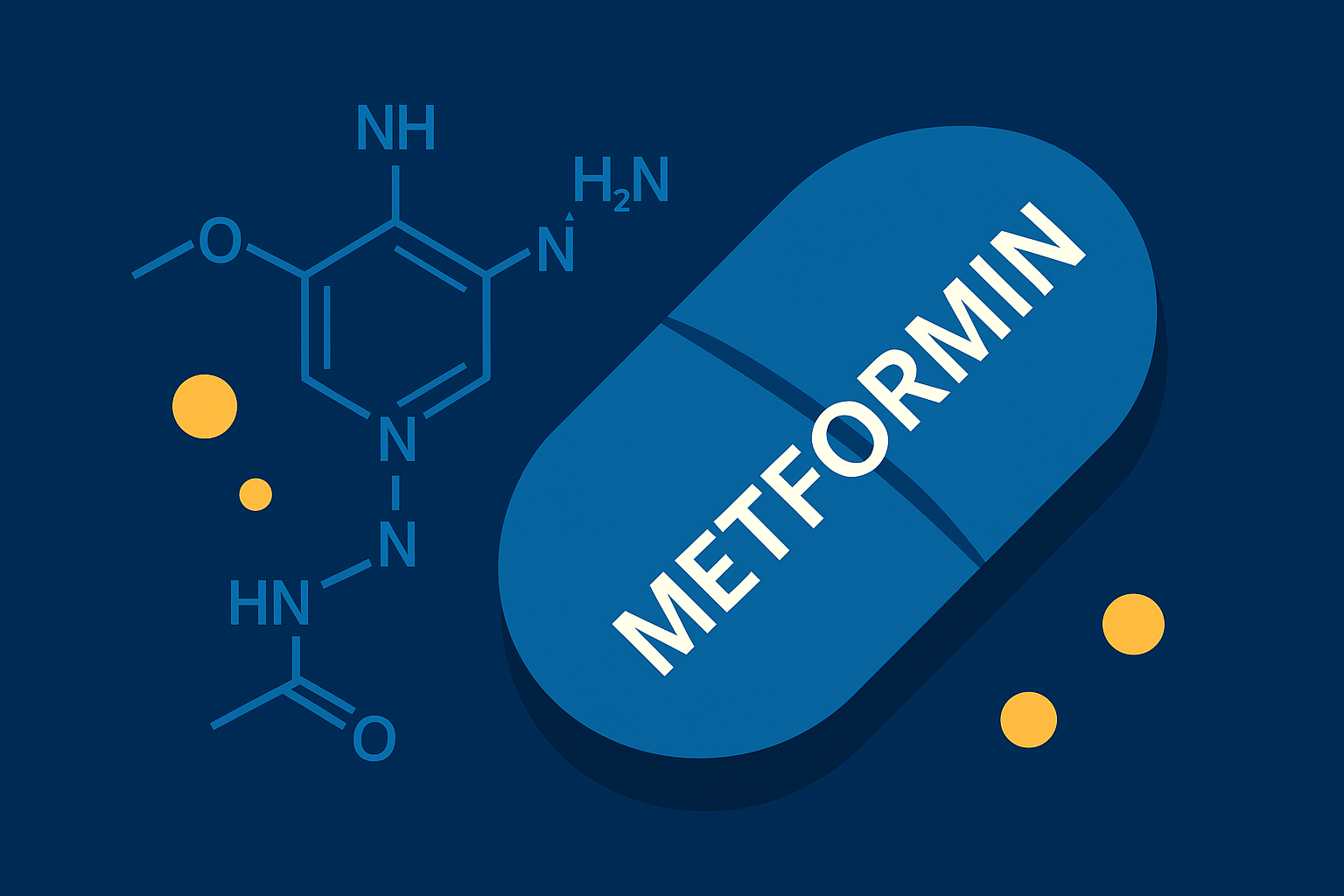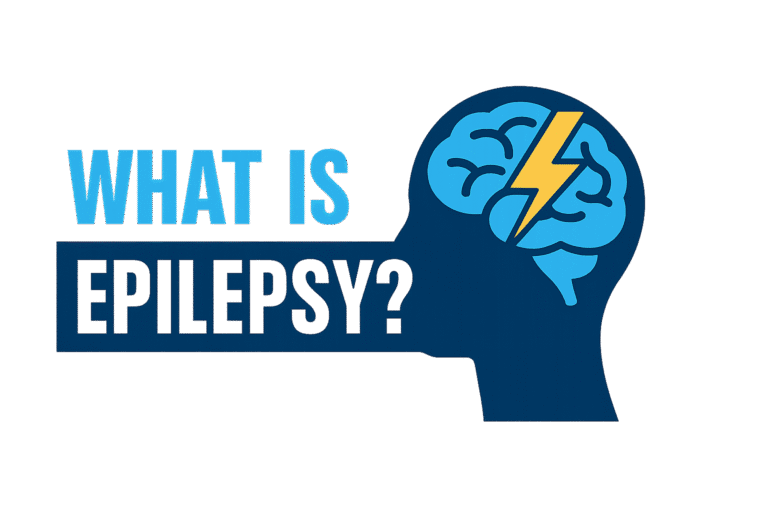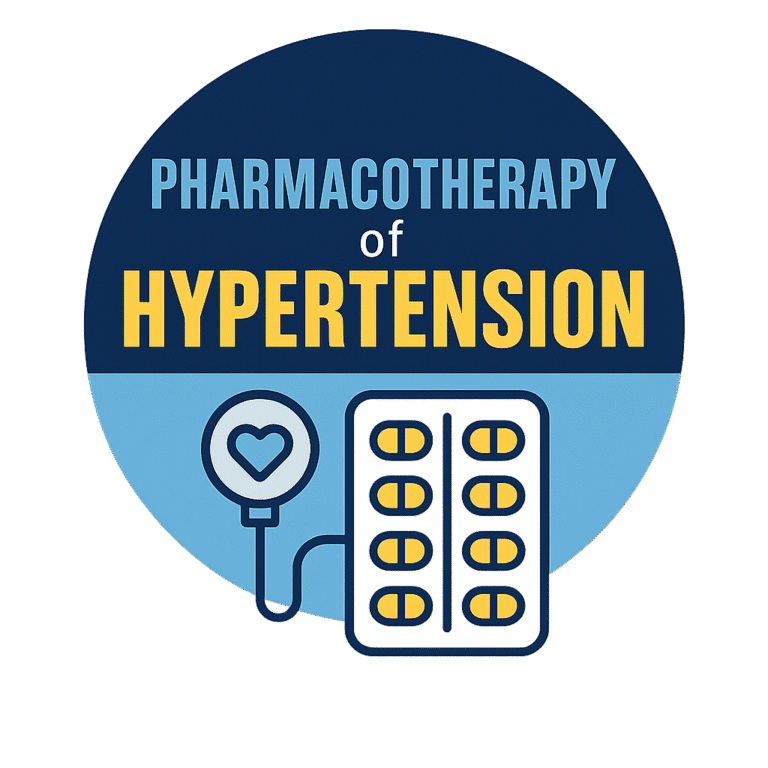🩺 Peripheral Arterial Disease (PAD) Management
In Elderly Patients with Diabetes & Hypertension
🎯 Treatment Goals
🔹 1. Lifestyle Modifications (Foundation of Treatment)
Smoking cessation
(if applicable)
Exercise therapy
Supervised walking program ≥30 min/day, 3×/week
Diet
Heart-healthy, low-sodium, diabetic-friendly diet
Weight loss
if overweight (BMI > 25)
🔹 2. Antiplatelet Therapy
To reduce the risk of MI, stroke, or vascular death.
Aspirin 75–100 mg daily
Clopidogrel 75 mg daily
(preferred if aspirin-intolerant)
💡 Note: Do not combine routinely unless there's another indication (e.g., recent stent).
🔹 3. Statin Therapy
All patients with PAD should be on a high-intensity statin unless contraindicated.
Atorvastatin 40–80 mg daily
Rosuvastatin 20–40 mg daily
🎯 Goal: LDL < 1.8 mmol/L (or at least 50% reduction)
🔹 4. Blood Pressure Control
Target: < 130/80 mmHg (especially in diabetics)
Preferred agents:
ACE inhibitors or ARBs
(e.g., Ramipril, Perindopril, or Losartan) → vascular protection
Add dihydropyridine CCB
(e.g., Amlodipine) if needed for further BP control
⚠️ Avoid: beta-blockers if possible in symptomatic PAD (may worsen claudication)
🔹 5. Diabetes Management
Target HbA1c: ≤ 7% (individualized based on comorbidity and frailty)
Preferred agents:
SGLT2 inhibitors
(e.g., empagliflozin) → cardiovascular benefit
GLP-1 receptor agonists
(e.g., liraglutide) → reduces CV risk
⚠️ Avoid: agents that increase hypoglycemia risk in elderly (e.g., sulfonylureas)
🔹 6. Symptom Management – Claudication
Cilostazol 100 mg twice daily
(unless heart failure is present)
Consider alternatives:
naftidrofuryl or pentoxifylline (less effective)
🔹 7. Revascularization (If indicated)
Consider in cases of:
Options:
Endovascular
(angioplasty ± stent)
Surgical bypass
🧠 Summary Table
| Category | Recommended |
|---|---|
| Lifestyle | Smoking cessation, exercise, diet |
| Antiplatelet | Aspirin or Clopidogrel |
| Lipid control | High-intensity statin |
| Hypertension | ACEi/ARB ± CCB (avoid beta-blockers if possible) |
| Diabetes | SGLT2i / GLP-1 RA, avoid sulfonylureas |
| Claudication | Cilostazol (unless HF) |
| Revascularization | For severe/critical cases |





